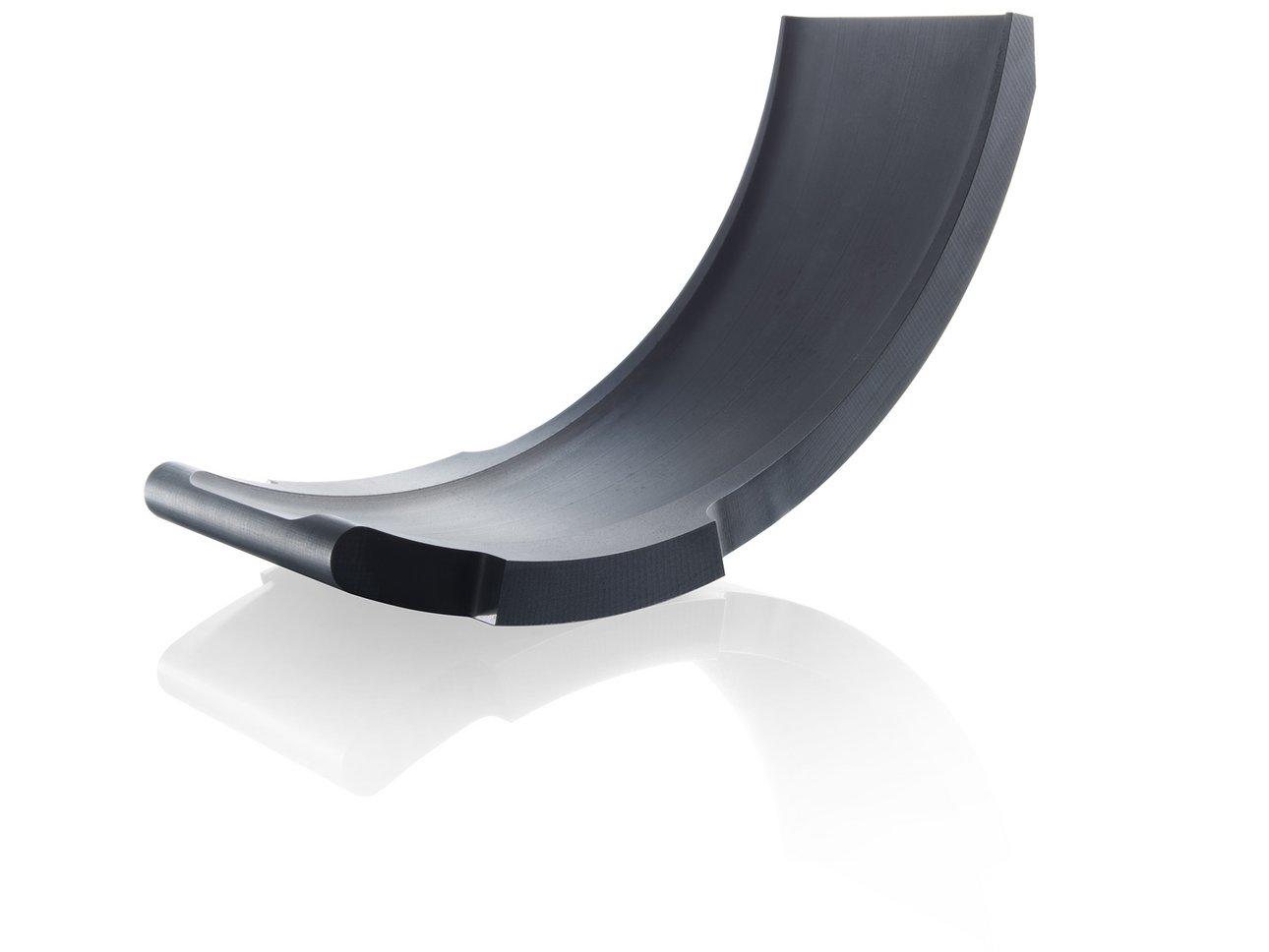
Blade Technology: Straight vs. Curved Blades Explained
As an expert in the shot blasting industry, Rosler Metal Finishing knows about blade technology. All shot blasting machines require blades to propel media towards workpieces. While both straight and curved blades are used, each type offers advantages and disadvantages.
What’s the Difference?
Straight blades are, as the name suggests, blades that do not have curvature when viewed from the side and do not possess tangential curvature with respect to the turbine. Curved blades are blades that have some degree of curvature when viewed from the side.
As the newer design, curved blades are generally better than straight blades, but they also have some drawbacks related to longevity, maintenance, and cost of ownership.
Wear Rates
Historically, the largest disadvantage of the curved blade design is that the blade will wear at a disproportionate rate along the length of the curvature, meaning that the curved blade design would wear through quicker than straight blade design.
Modern technology has allowed the industry to overcome this particular flaw through the careful selection of curvature angle of the blade based on blade material properties to the point that curved blades now have similar usable lives to straight blades.
Change Out Times
A further disadvantage that has historically plagued the curved blade design is that the shape of the blades and fixturing take longer to change out than straight blades.
The Rosler Gamma G turbine with forged metal blades overcomes this issue through the use of a retaining pin allowing for rapid blade change outs. This problem still currently persists for hard metal blade designs.
Cost
The final disadvantage is that curved blades tend to be more expensive than the straight blade designs, depending on the blade material. For cast and forged blades, the price difference is relatively small; however, for hard metal machined blades, the cost difference can be quite significant.
Advantages
Despite the disadvantages, curved blades also offer advantages over traditional straight blades.
The largest advantage that the curved blades offer over straight blades of equivalent size is that the curved blades have a greater radial component to their velocities while maintaining an equivalent tangential component. This provides a higher throwing speed of the blades on the media (at equivalent turbine rotational velocities and equivalent turbine diameter) and therefore greater impact energy being transferred to the workpiece, allowing for the removal of more severe contaminants.
Alternatively, if greater impact energy is not needed, the turbine’s rotational velocity can be controlled via a variable frequency drive to slow the turbine down which, in turn, provides a greater media throughput at equivalent media throwing speeds when compared against a straight blade turbine.
Based on the above, curved blade designs are at their best when the parts have very difficult finishing requirements or when greater part throughput is necessary.
Orientations
Curved blades have two types of orientation that can be used be utilized: a γ (The Greek letter gamma) shape and a C shape.
The C shape has a greater curvature angle, allowing for a greater velocity/energy efficiency; however, the γ shape blade has a blade longevity factor in that once one side has been worn down, the blade can be flipped for a second use, effectively doubling the blade’s life. This is also an advantage over most straight blade designs.
[caption id="attachment_4941" align="alignright" width="280"] C-shaped blade[/caption]
C-shaped blade[/caption]
Furthermore, the C shape does not have the ability to utilize retaining pin for rapid blade changeout.
As mentioned above, the curvature angle of the blade (and therefore the blades velocity and energy gain in comparison to a straight blade design) to provide an equivalent lifetime is based off of the material properties of the blade, namely the hardness of the blade’s metal. For modern metals, a cast blade can support a nearly negligible curvature without severely impacting its life while a forged blade is capable of supporting a curvature angle that provides approximately a 7% increase in velocity (approximately 15% increase in energy) and a hard metal machined blade supports a curvature giving up to approximately 15% increase in velocity (approximately a 32% increase in energy) (utilizing a C shaped blade for maximum gain).
The Rosler Way
You can count on Rosler Metal Finishing to help you find a better way when it comes to blade technology. Contact us today to discuss your unique challenges so we can identify the right blade for your needs.
Post written by

Zack Murray
Rosler Metal Finishing, USA
Technical Sales Specialist - Shot blasting


